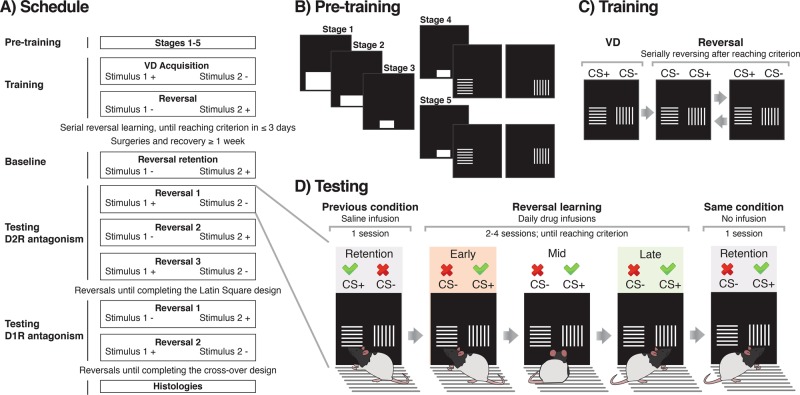Fig. 1. Schematic representation of the task.
a Behavioral training and testing protocol. The rewarded stimulus is represented as a + and the unrewarded stimulus as a −. Stimuli were vertical or horizontal bars and were counterbalanced as CS+ or CS− across rats. b Diagram of pre-training stages, from 1 to 5. Stimulus presentation in stages 4 and 5 was preceded by the same starting box from stage 3. Only one of the two stimuli appeared at any one time. Position (i.e. left/right) was pseudo-randomized. c Representation of the stimuli during visual discrimination (VD) and reversal learning. Criterion was reached at a performance of ≥24/30 correct responses, which represents a performance at or above 80%. After criterion was met during both reversal learning and in two retention sessions, conditions changed again. d Flowchart of the testing procedure and phases of reversal learning. Phases depended on performance within sessions. After reversal, during the early phase performance was lower than 11 correct trials out of a set of 30 trials, as animals tended to perseverate on the previously CS+, now CS−. After some trials, performance improved, and animals reached the so-called mid, intermediate or random phase, before reaching the late or learning phase, in which they have learnt to approach the new CS+ (>19/30 correct responses) [30, 31].

